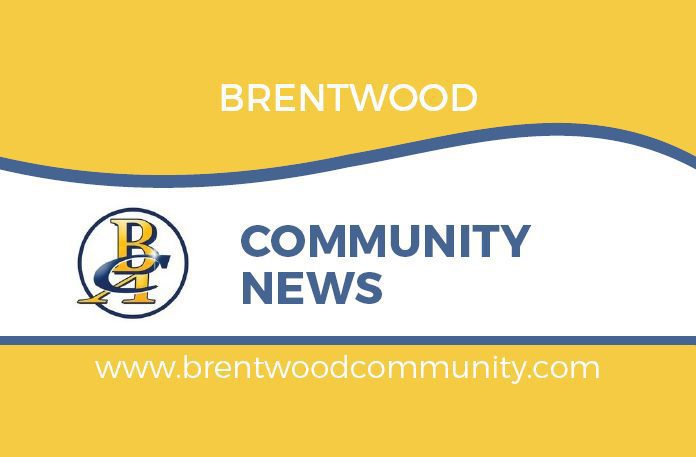Where Will Everyone Live?
by Melanie Swailes
Last month’s column focused on some of the factors behind recent increases in the costs of housing, as well as the decreases in availability of affordable housing, whether privately-owned or rented. Housing affordability has become a very real problem and as a city, determining how to increase investment in housing (private or public) is a somewhat controversial topic. What role should the City play in creating or supporting more affordable housing options, for example by converting existing office towers into housing? Should existing properties be subdivided into multiple dwelling units? Does this truly create “affordable” housing?
From a Planning perspective, it might seem that the easiest way to have more options for housing, especially more affordable options, is simply to build a lot more. If there is a glut of housing, prices should come down, right? Except it doesn’t seem to be working that way. Many of the newer townhouses and multi-unit buildings are replacing existing old homes: the old ones were cheaper to rent, while the new homes sell or rent for much higher amounts. Newer doesn’t necessarily mean affordable. Plus, with increasing numbers of new residents coming to Calgary, the number of new builds does not outpace the growth.
Herein lies the challenge: According to Stats Canada data, Calgary’s population increased by 42,225 between 2021 and 2022. From the 2021 census, the average household size in Calgary was 2.6 persons. In theory, in order to accommodate the increase in population, 16,240 dwelling units are required just to accommodate the growth for that single year.
Since the current residential vacancy rate in Calgary is low (about 2.7% in January 2023), there are not enough existing “empty” dwellings available to fill the demand. Even if “empty”, not all dwellings are available for long-term (one year or more) leases or rentals. In Calgary, Short Term Rentals (STRs) require a Business License Number, and the registry shows that there are 4,769 units available for short term rentals (e.g., platforms such as Airbnb and others). https://data.calgary.ca/Business-and-Economic-Activity/Short-term-rentals-data-lens/wawk-kcjq.
STRs may be an attractive option for the owner of a property, although they take away from the long-term rental options in the area. For example, in Canmore, there are large numbers of rooms or dwellings for rent on a daily to weekly basis, but far fewer places that can be rented by someone intending to live in the community for a longer period of time. This affects housing affordability because if a dwelling is rented out short-term, it increases the competition for existing long-term dwellings because there are fewer of them available.
STRs aside, with tens of thousands of new residents moving to Calgary, we still need to be building more. Where? There are two options: greenfield areas (i.e., previously undeveloped new communities) or existing brownfield areas within the existing city limits (such as Westbrook LRT area or the former Midfield Trailer Park).
Calgary’s Municipal Development Plan (MDP) determined in 2009 (and updated in 2020) that it needs to increase growth in established areas, with two goals:
• 33% growth in established areas by 2039; and
• Ultimately achieving a balance of 50% new residential units in new areas and 50% in greenfield sites within the next 60 to 70 years.
Even the lowest goal has 33% of all new development slated for existing established communities. If we take 33% of the 16,240 figure, that would be 5,359 new dwellings required in existing communities. Keep in mind, it’s not a one-time goal, but it would happen yearly, depending on the population increase. Also, secondary suites do not count as an increase in density as far as City data goes.
In Brentwood, we have two obvious areas for increases in density: Northland Mall (with current construction of residential units already well underway) and the Brentwood LRT Station area (where the Brio building is the newest addition). Not all communities have such space within their boundaries.
In 2009, when the Brentwood Station Area Redevelopment Plan (ARP) was finalized, it referenced “Areas of Stability” and “Areas of Change”, meaning that the greatest change would happen around the LRT area, not everywhere within the community. Since then, instead of creating individual ARPs for each community, the City has moved to an LAP (Local Area Plan) model in which six to ten communities are grouped together.
Instead of placing the greatest density within a defined area (such as around the LRT), in communities with an LAP already in place, there are more likely to be other housing forms such as townhouses, four-plexes, and so on interspersed within all areas of the community. Part of the reason is a preference of owners or tenants who want direct access to some private outdoor space which a townhouse can provide (instead of an apartment). But much of it is also due to the investment involved. A tower-type project requires high amounts of capital investment upfront, has a long lead-time, and requires companies that can commit the time, dollars, and expertise to such a project. In contrast, there are more small developers or investors who are capable of financing or building a small project with a much shorter time frame.
As a result, throughout the city, you can see many examples of properties where nothing seems to happen for a long time even though there is land available on which to build (Westbrook LRT is a prime example). Yet within the communities nearby, there have been many redevelopments (such as the many townhouses or multi-units along 19 Street NW), even though there may be opposition and negative impacts on neighbouring properties.
There are no easy answers. When the city grows by tens of thousands of people in a single year, changes are inevitable. As the population of the city increases, more homes are needed, and the challenge for communities such as Brentwood is how to adapt while still retaining many of the features that we love best.
Click here to the Brentwood Community News home page for the latest Brentwood community updates.









